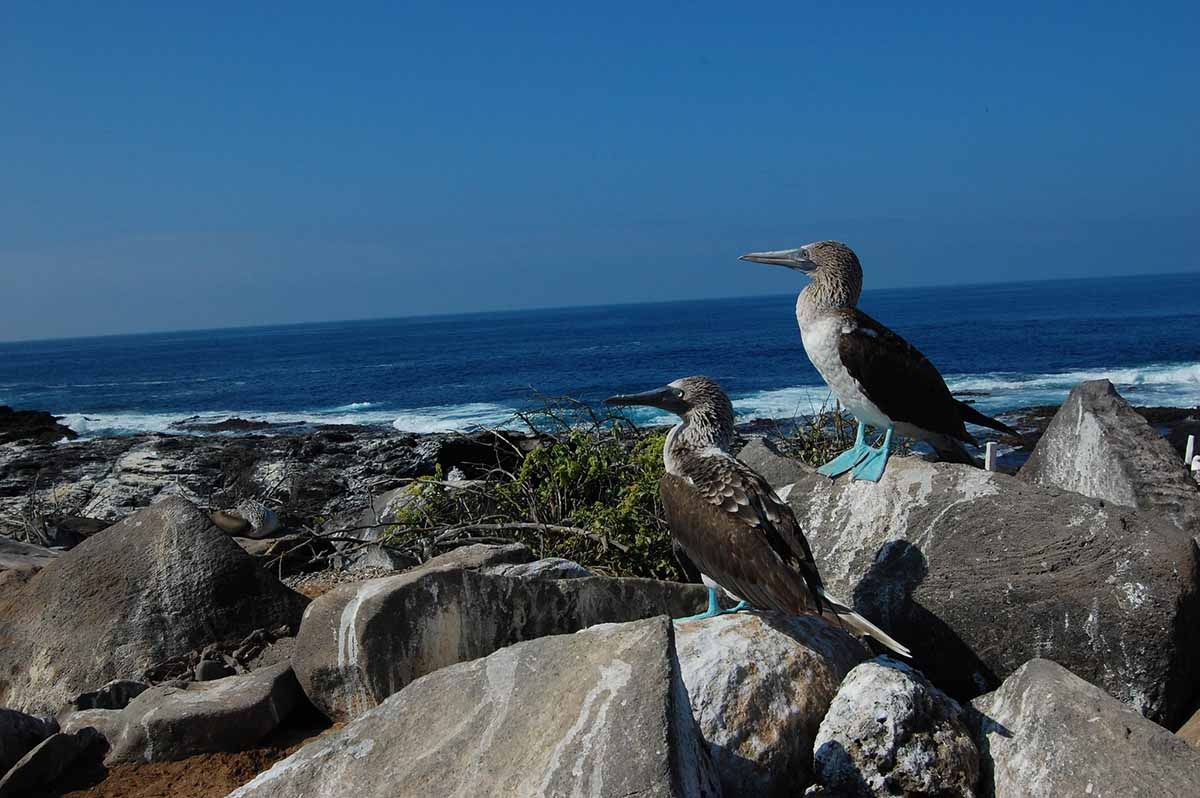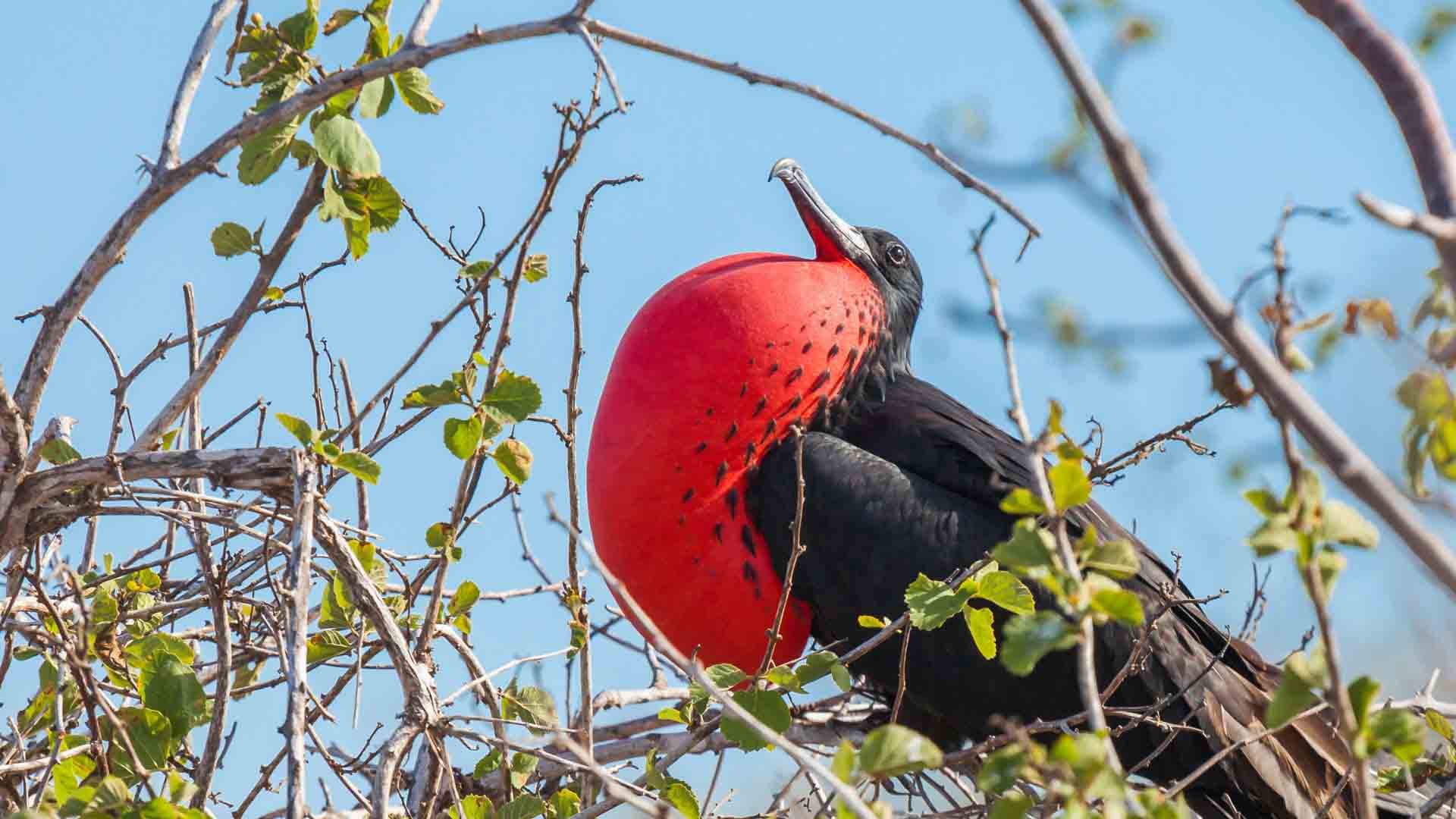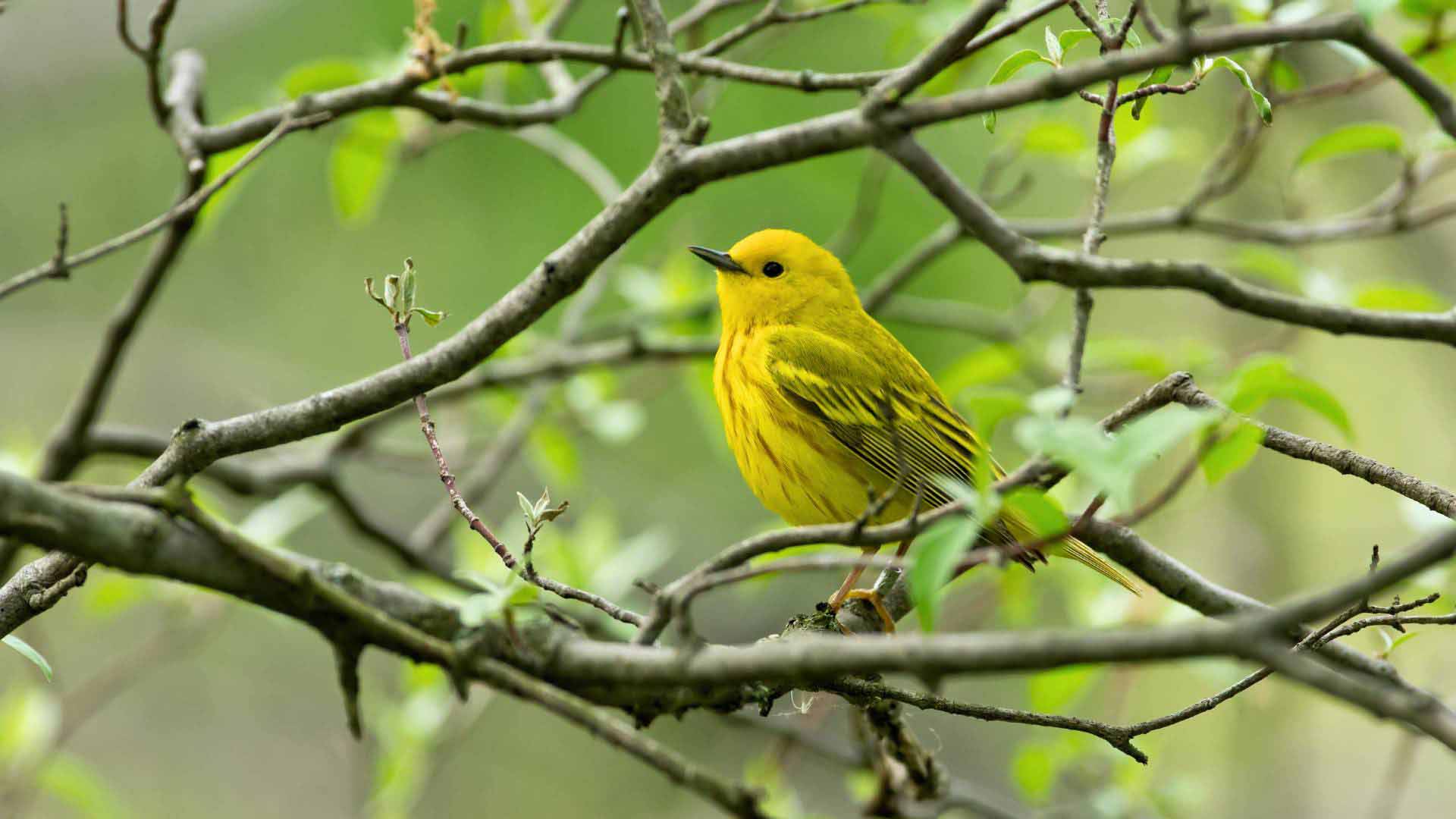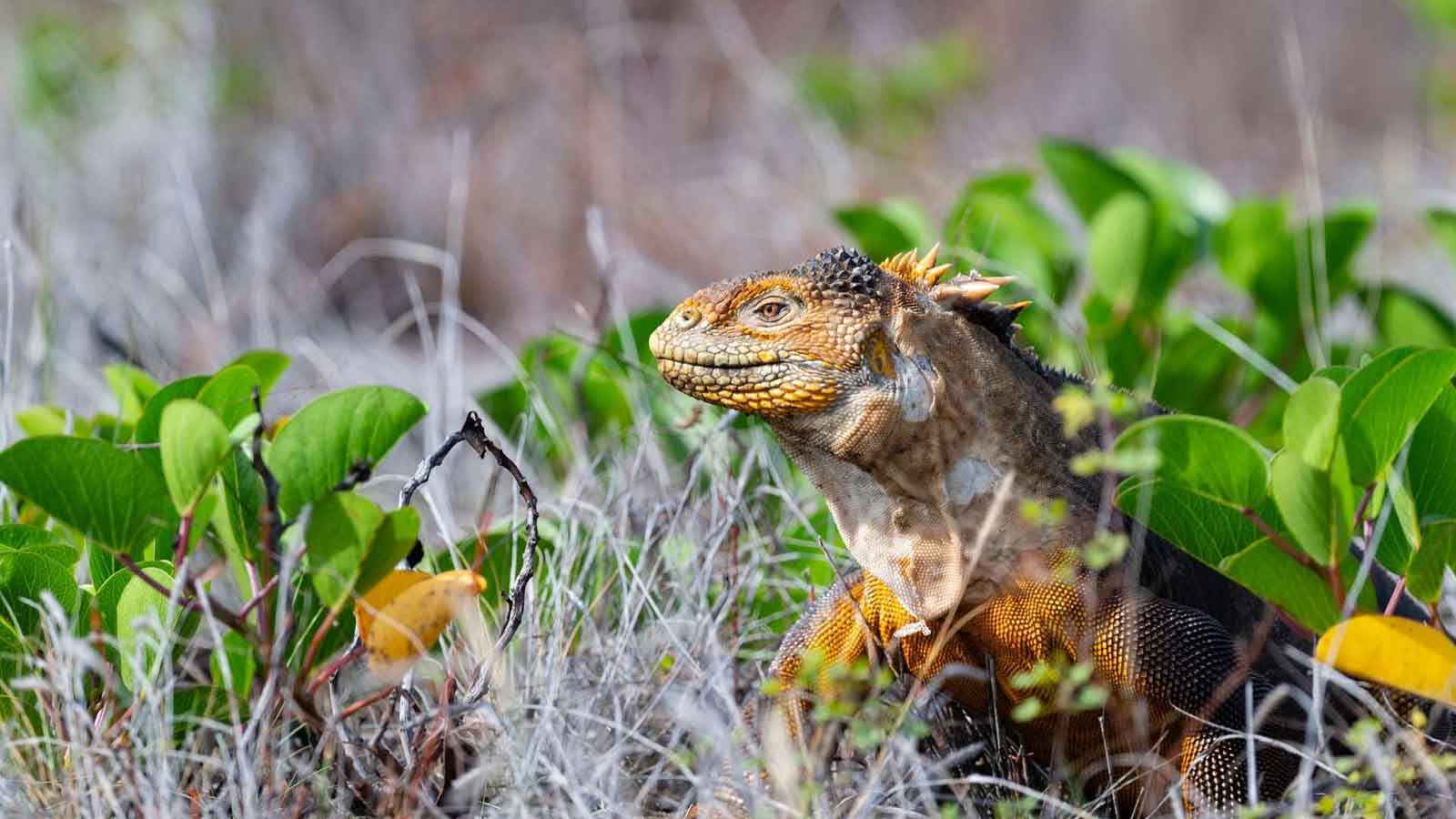Pitt Point
Pitt Point, located at the northern tip of San Cristobal Island is the only location in the archipelago that allows you to observe the three species of boobies - blue-footed boobies, red-footed boobies and masked - as well as two frigate species in one area. A trail leads from the site up to a cliff, through a ravine and into an area rich in birdlife. The site is known as one of San Cristobal Island's best spots for snorkeling.
- Possible Activities: Hiking – kayaking – panga ride - snorkeling
- Difficulty: Moderate
- Landing Type: Wet
- Wildlife: Sea lions and three species of boobies
Witch Hill
We will go to Witch Hill in the afternoon. The eroded cone is surrounded by white powdery beach and a variety of marine life including sea turtles. Clear water makes swimming and snorkeling a great experience. Charles Darwin visited this area on his voyage aboard the M/S Beagle.
Kicker Rock
We will then head over to Kicker rock, which is also called Leon Dormido in Spanish (the sleeping lion). The many frigates, boobies and tropicbirds perched on the rocks have made this natural landmark a popular cruise site. In the almost crystal clear waters, you can see a variety of tropical invertebrates and fish. Landings are impossible due to the vertical rock faces.
- Possible Activities: Hiking – snorkeling – kayaking – panga ride
- Difficulty: Moderate
- Landing Type: Dry
- Wildlife: Galapagos sharks, tropical fish, manta rays, hammer head sharks, blue-footed boobies and Nazca boobies



